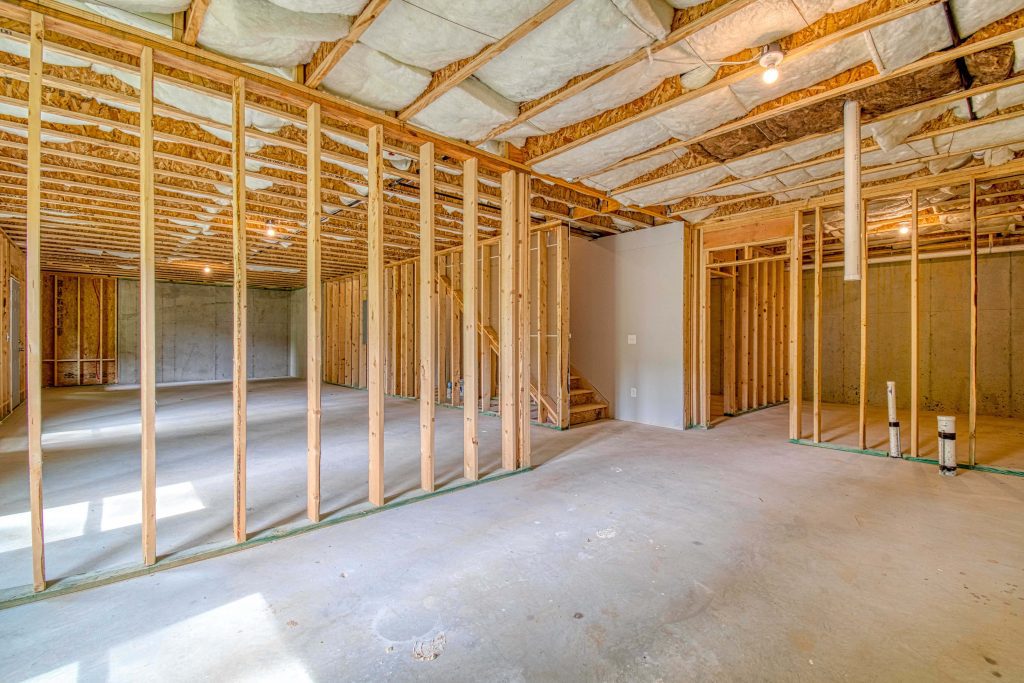
When it rains the soil around your home becomes saturated which raises the water table. This saturated soil increases hydrostatic pressure under the basement floor slab. If pressure increases the moisture content rises. Whether you have a finished basement or an unfinished space for storage, here are some tips to keep your basement maintenance on track, dry, and safe.
Seal up cracks and gaps around the basement foundation, walls, windows, and doors. If not this can lead to higher humidity levels and stale air. A dehumidifier will work to lower the humidity in the air. If moisture content drives up humidity will increase not only in the basement but all levels of the home.
High humidity is the leading cause of mold growth. Mold and mildew flourish when the humidity is above 80%. Unfinished spaces should be kept below 50%. To maintain these levels use a dehumidifier.
Do not use your basement to store your chemicals, paints, stains, and gas. Since most basements have poor ventilation the fumes are very dangerous. The fumes from these chemicals are called VOC’s. (Volatile Organic Compounds). The fumes can build up toxic levels and make air quality worse. Storing these in a shed or garage is better.
One of the reasons that mold survives and produces a musty odor is because of air ventilations. Most common problems are high levels of dust, dampness and musty odors. Invest in an air purifier.
These devices circulate air through a set of filters. They strip out any contaminants or toxins, and impurities floating through the air. These toxins can be dust, mold, or bacteria. Find an air purifier with a HEPA filter. An air purifier with an activated carbon filter and ultraviolet light would be ideal.
Mold can show up as a dark area or white coating on walls, floors, and storage boxes. The sooner you catch these problems the sooner you can fix them. Avoid using cardboard boxes as cardboard absorbs moisture. Which means that cardboard loves mold. Using plastic bins to store items is a better option. Cover exposed insulation if you have it in your unfinished space. If you can’t cover it with drywall you can use a thick plastic sheeting. Staple the plastic sheeting to the wood.
Porous concrete flooring opens the space to mold problems. Carpet captures dust and can be a breeding ground for mold as well. Basements are completely different from other levels. Consider vinyl or tile instead of carpet.
Check Downspouts
Make sure that your gutters and downspouts are connected. Make downspouts in the proper positions. Downspouts should direct water away from the house and turn away from the foundation. Divert running water at least 5 feet away from the foundation. Water should not pool against your home.
Check Grading
Check the grading around your home. Be sure that your grading slopes away from your home and foundation. This will help with water drainage as the grade should fall 6 inches over the first 10 feet from your home.
Test for Radon
Finally, radon is an odorless gas that forms from the natural breakdown of uranium in soil, rock, and water. It gets into your home through basement floors, foundations, etc.
By following these tips you can have a clean, dry, and less smelly basement for years to come.